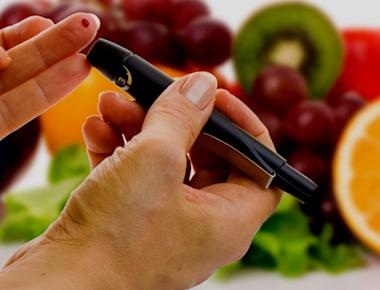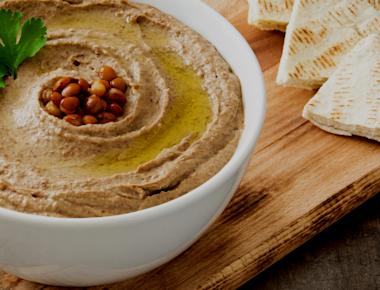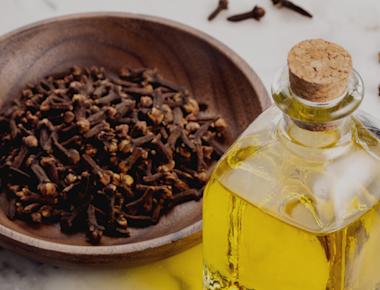

Table Of Contents
What is Stress-Induced Hyperglycemia?
Stress-induced hyperglycemia (SHG) or high blood sugar is reportedly as high as 75% in critically ill patients. Hyperglycemia can damage the immune system and increase abdominal infection and incision infection. To reduce these complications and effectively improve prognosis among critically ill surgical patients, a stricter glycemic control, consisting of intermittent blood glucose measurements and manual insulin infusion, is vital. However, conventional intensive insulin therapy (CIIT), which many people use, induces hypoglycemia and glucose variability.
The Common Side Effect of Insulin Therapy and How it Affects the Body
Hypoglycemia is a common side effect of insulin therapy and the rate-limiting factor that determines the best glycemic control that can be safely achieved. The brain is one of the first organs that hypoglycemia can damage, and the effect could range from mild discomfort to seizures, unconsciousness, and permanent brain damage or death. Patients who had hepatobiliary or pancreatic surgery are the most susceptible to highly fluctuating blood sugar levels when treated with traditional blood sugar control procedures. The conventional way of measuring how well blood sugar is controlled after surgery is by looking at the first and maximum blood sugar levels after surgery. This method is not a very accurate way to measure things because it is based on just one blood sugar measurement. On the other hand, if all blood glucose measurements were averaged, a large bias would be generated between different measurements.
The Accuracy of Using a High Glycemic Index for Blood Sugar Level Measurements
A new way to measure how well blood sugar is controlled after surgery is through the high glycemic index (HGI). The HGI considers all blood sugar measurements taken during hospitalization instead of just the first and the last ones. This method makes it a more accurate way to measure things because it gives a better idea of what is going on throughout the entire period that someone is hyperglycemic.
The Blood Glycemic Optimization Program as A Safe Way for Managing Blood Sugar Levels
The blood glycemic control optimization program (BGCOP) was designed to rapidly and effectively bring blood glucose levels into the target range levels, maintain patient safety, and prevent the occurrence of hypoglycemia. This protocol accurately describes the insulin initiation, infusion, titration rates, and glucose testing frequency required for safe maintenance of a patient’s blood glucose level. The proposed BGCOP involves the measurement of blood sugar every 30 minutes when blood glucose is greater or equal to 11.1 millimoles per liter (mmol/L) or less than 5.5 mmol/L. When blood sugar is in the target range of 7.8 to 10.0 mmol/L with a fluctuation of less than 0·8 mmol/L and the insulin infusion speed is not changed for four hours, blood sugar is measured every two hours.
There is no perfect way, nor is there a standard method to achieve perfect glycemic control in SHG patients after hepatobiliary and pancreatic surgery. Therefore, it is crucial to find an effective and safe way to control blood sugar levels.
This study investigated the efficacy of BGCOP compared with CIIT in patients with SHG after undergoing hepatobiliary or pancreatic surgery.
The Study Method on Blood Glycemic Control Optimization Program for Stress-Induced Hyperglycemia
After surgery, 86 people were randomly put into two groups. The people in the control group had CIIT, while those in the experimental group had BGCOP. The target blood sugar range that determines effective control was 7.8-10.0 millimoles per liter. The validity index, adverse events, and complications were compared between the two groups.
The Results
Compared to participants treated with CIIT, participants treated with BGCOP reached the target range of blood sugar levels more quickly, and the difference was significant between the two groups. The HGI, the incidence of hypoglycemia and other adverse events, and the incidence of abdominal infection, incision infection, and lung infection were significantly lower in participants who underwent the BGCOP than in patients treated with CIIT.




The Conclusion
BGCOP can more effectively control blood sugar levels and reduce the incidences of hypoglycemia and abdominal, lung and incision infections compared with CIIT in patients with SHG after hepatobiliary or pancreatic surgery.
Reference
Application of a Glycemic Control Optimization Program in Patients with Stress Hyperglycemia
Health Enthusiast
Expertise
Subscribe to our newsletter!
Quick Links
Legal Stuff








